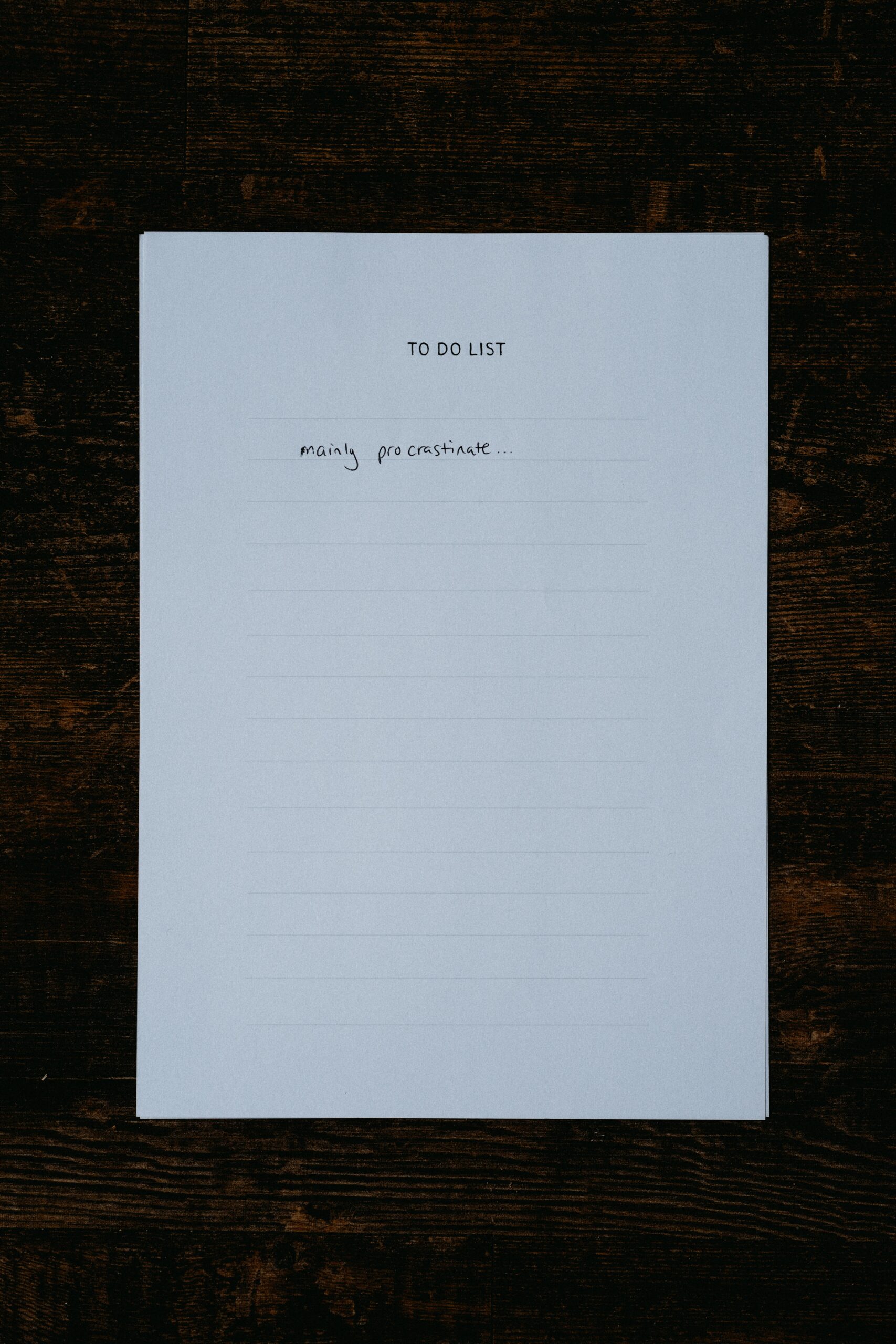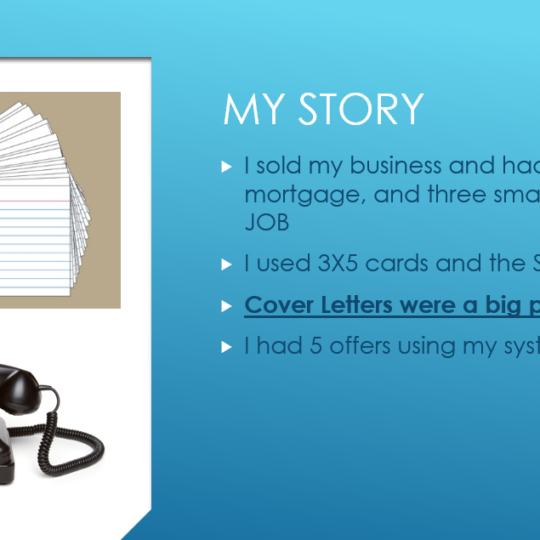
If each day was longer, I could get my entire to-do list done.
And if I was more organized, I could achieve all my daily goals. At work, I still create a weekly checklist. Looking at it each day reminds me to check on certain procedures and policies. I built much white space with lines to write in things that pop up during each day at work. Often there is a list of things to cover with my boss. Then there are the tasks I have delegated to myself.
I cannot understand how managers can get everything done without writing things down.
My list, as I think about it, could be viewed as old school. Email alerts, text message reminders, electronic note pads all offer the owner a way to track their progress and keep up with their to-do list. I use quite a bit of tech daily. I have not written a check in over 12 years; I do all my bill paying online and have a digital wallet.
But regardless of how I keep track of my list, I never feel as if there is enough time. Just sitting on the front porch, I see:
- The grass needs mowing
- The gravel in the driveway needs grading
- There are weeds in the gravel parking area that need to be dealt with
- I need to weed eat along the fence, the drainage pipes at one end of the driveway, the area around the garage, and the areas around the blue berry bushes in the back yard.
- The front of the house needs to be power washed before wintry weather comes.
- A shutter blew off during the last big windstorm and it needs to be reattached.
If I had looked to the right, my list would include a host of items to be done in the orchard.
Earlier this year, I felt I was getting everything done. Or at least I had a plan. Either way, I felt in control of each day and what I would do. It seemed that I was setting realistic goals and prioritizing what I would work on. I have no feeling of that currently.
Being between medicine management doctors, I opted to increase my Wellbutrin back to 450 mg daily.
Before my last doctor took off to open a practice out west (Montana), we discussed this possible change. After the winter, we had agreed to throttle down my daily dose from 450 mg of Wellbutrin XL daily, to 300 mg. More sunlight, more outdoor time, more exercise. Lowering my daily dose seemed the right thing to do.
Then, 5 or 6 weeks ago, I noticed that I was “off my feed.”
Getting going in the morning, including just getting out of bed, became problematic. And I could not get out from under a general malaise. This funk had crept up on me and took me by surprise when I realized that it was happening. I am sure my problem would have been dealt with sooner had I not stopped my talk therapy. Not having an appointment with my new medicine management Doctor until next month made the decision to increase my dose easier.
I was unaware, for a while, of how much the not being able to get the morning going was affecting my entire day. And then, I was standing in front of the bathroom sink, and I remembered that conversation with my medical management psychiatrist. She said I could do it.
She gave me permission to adjust the dose in her absence.
And that morning, I added 150 mg of Wellbutrin to the 300 mg I was already taking. By day 3, all of my “I can’t get out of bed” feeling was gone. I once again felt as if I was leading a balanced life with my depression. This turn of events is invigorating. And I can make it until my appointment next month.
But it hasn’t produced joy.
All the tools are in place. I need to jump in and change my attitude. That seems to be where it all goes wrong. My attitude towards joy is stuck because I am stuck. And I am not giving myself permission to be great, or joyful.
This stuck is why I am feeling overwhelmed.
I cannot make a to-do list that accurately reflects what I want to do. So, I do the must dos, the things that I know are critical. But I am not feeling 100% about them. Even making the decision about what are the most important things to get done makes me feel un-focused. Luckily, with support, I am still able to see the big picture.
Counting what I still have, it includes my peer advocate who checks in weekly, my family, and my WRAP plan.
It may be time to pull that out again. In the past 3 ½ years, I have needed it 3 or 4 times. And with the tools I added, I have never gone past the first regression stage. I know that is not what it says, but it does feel like that. I will reread my personal plan. It contains the tools I wrote to use for myself.
And it is easy using my WRAP plan, to see where my depression is starting to lead me.
Most of what depression uses are unhelpful thinking styles. I have listed them in many previous blog posts. Unhelpful thinking can be called other things too. As I count down to my trek up Kilimanjaro at the end of December, I have been using NOOM to reframe my thoughts about how, what, and when I eat. I want to lose 20 pounds before I climb. Being psychology based, NOOM uses unhelpful thinking to illustrate how we have been programed from infancy to react to food in specific ways.
All or nothing thinking comes to mind as an example.
And I now see that I am using that unhelpful thinking style as I write and attempt to execute my to-do list. I cannot mow because it is going to rain. Even trimming is out because it will be raining. So, they cannot go on the list unless I can 100% complete them.
That seems a bit one sided and not a helpful way to think.
So, I will work on my attitude. I know that it is the one thing that I can control. And I need to remember that if I give that control to others, then they get to control how I think. Others can make sure I am predisposed to feeling unsure, blocked, and not able to think for myself. I am unstoppable once I put my mind to something. That something should be having my control over what I think. This will help me navigate through each day and will make my to-do lists less stressful to complete.







Leave a Reply